Revealing the Secret Behind Noctilucent Clouds
The researchers behind the UiT-led rocket project MaxiDusty-2 aim to uncover why noctilucent clouds are forming more frequently than before and whether this could eventually impact Earth's temperature.

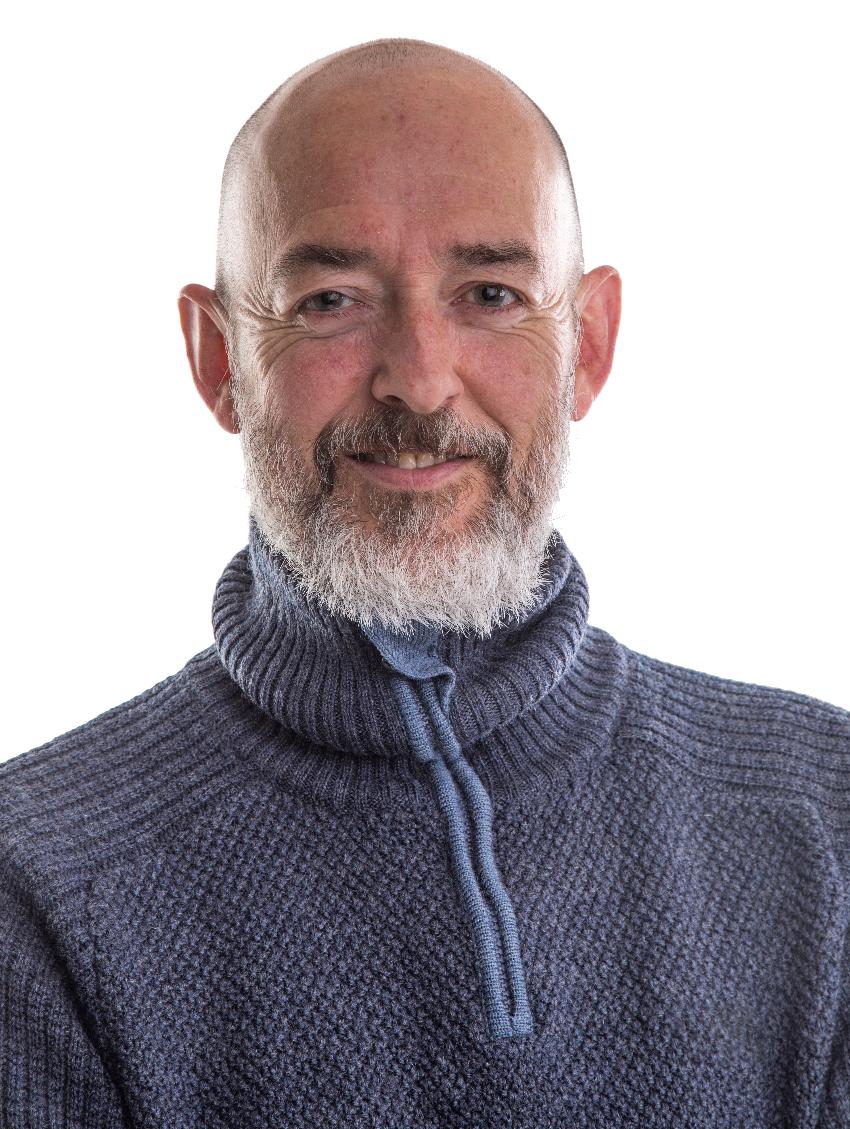
"You get a bit paranoid, and everything has to be double-checked and triple-checked before launch," says Sveinung Olsen, senior engineer at UiT, enthusiastically.
He is responsible for ensuring that all the instruments from UiT aboard the rocket, which will be launched from Andøya this summer, are functioning properly. MaxiDusty-2 (MXD-2) is an ambitious rocket project led by UiT The Arctic University of Norway. The goal is to explore the upper atmosphere, from approximately 70 to 110 kilometers in altitude.
"The project combines advanced technology, international collaboration, and groundbreaking research to collect and analyze particles in the atmosphere. This is a continuation of previous projects but with new and exciting elements that make it unique," says project leader at UiT, Ingrid Mann.
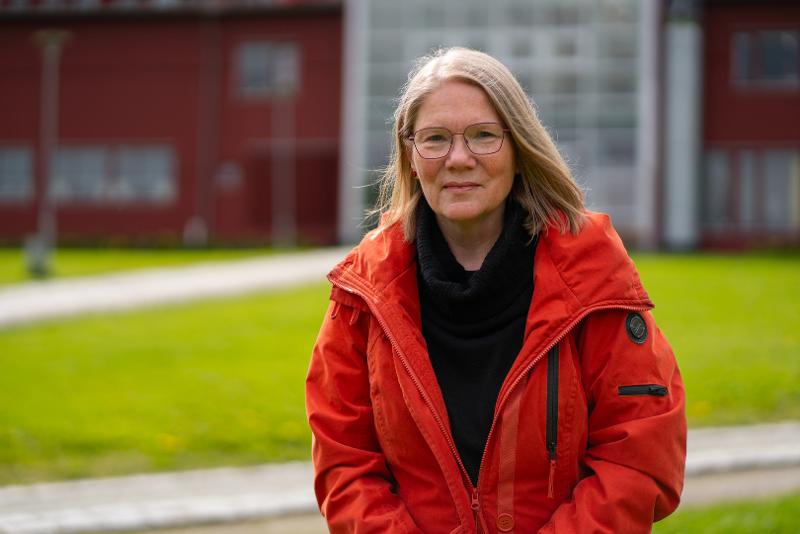
"A very important part of MXD-2 is that, compared to the previous MXD-1 rocket flights, this time we will also recover the payload. Payload refers to the instruments and transmitters we have onboard. In the earlier flights, the payload landed in the ocean and was lost. Now, we will retrieve it from the sea because we have an instrument onboard that will collect and bring down particles that we hope to find in the upper atmosphere," says Mann.
What is MXD-2?
MXD-2 is a basic research project funded by the Norwegian Space Agency, the Research Council of Norway (FRIPRO), and UiT. The rocket is a so-called "sounding rocket," designed to collect data from the atmosphere during a short flight.
The rocket, launched from Andøya Space, is equipped with four instruments to take measurements that are read on the ground during the flight, as well as an instrument to collect microscopic particles from the upper atmosphere. This instrument, called MESS, plays a central role in the project. Senior engineer Sveinung Olsen is responsible for ensuring that MESS functions as expected.
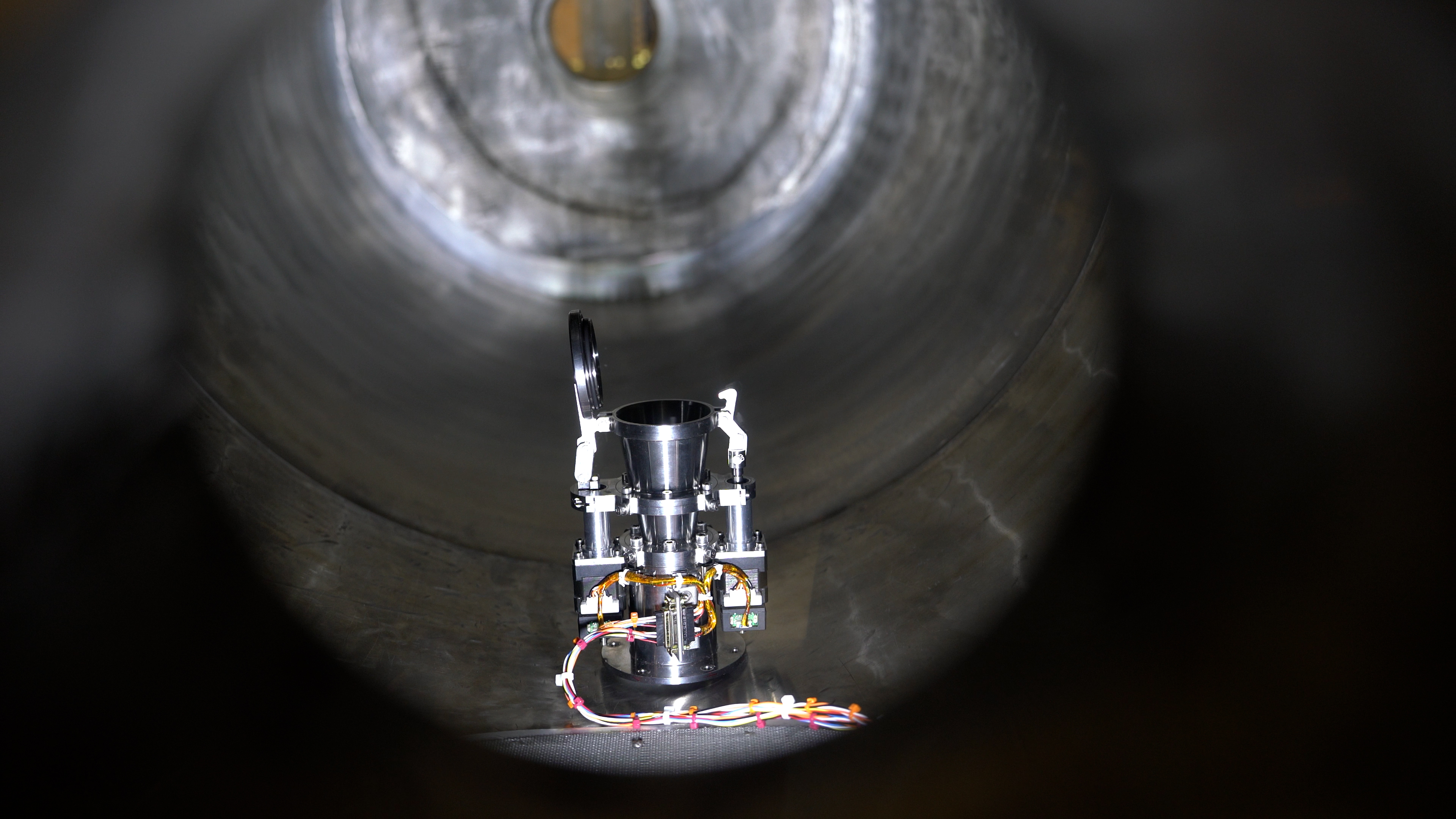
"It is the main instrument for this project. It will collect particles, very small particles—we're talking nanometer-sized. And the instrument with the particles will return to Earth using a parachute," says Sveinung Olsen.
During the launch, the instruments, located at the top of the seven-meter-tall rocket, are protected by a metal cover referred to as a nose cone. This is ejected when the rocket reaches the correct altitude.
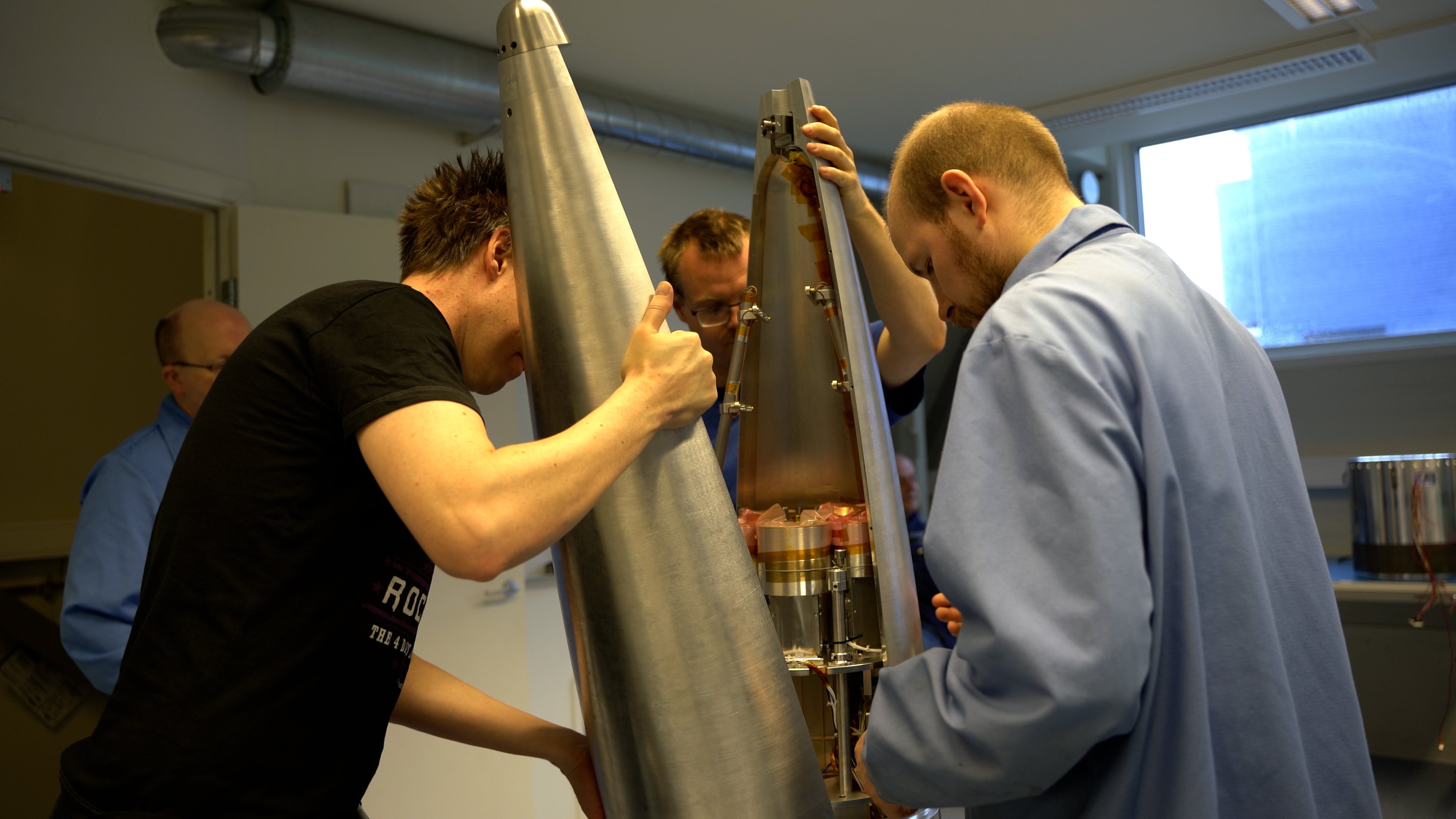
"There are many challenges here. Mechanically, everything must be built solidly enough to withstand strong vibrations," says Olsen.
"Temperature is also an important factor. The instruments are well-protected by the nose cone as the rocket ascends. But once it is ejected and the payload returns, there is intense heating in the atmosphere, so they must also be well-protected. And when this lands in the ocean, it must also be waterproof."
What is Meteoric Smoke?
The main goal of MXD-2 is to understand the small particles found in the upper atmosphere. These particles are remnants of objects entering the atmosphere from space. We see them as shooting stars when they enter Earth's atmosphere and burn up.
In this process, they heat up and break down into small smoke particles referred to as meteoric smoke. Researchers aim to learn more about the size, composition, and distribution of these particles.
"The particles are relatively heavy compared to the chemical compounds we usually have in the atmosphere, like nitrogen, oxygen, and hydrogen. These heavy compounds remain in the atmosphere at an altitude of about 80 to 120 kilometers, where we typically don't have dust particles from Earth. The particles collide with each other, grow, and form a dust component there. This dust was previously measured with MaxiDusty-1.
"These particles come from interplanetary space. It's exciting, and we really want to find them in the laboratory with measurements of the collected samples we bring back," says Ingrid Mann.
Noctilucent Clouds
"We also assume that these particles contribute to the formation of ice particles at this altitude. The ice particles are the origin of the noctilucent clouds that can be observed in polar regions during the summer," she explains.
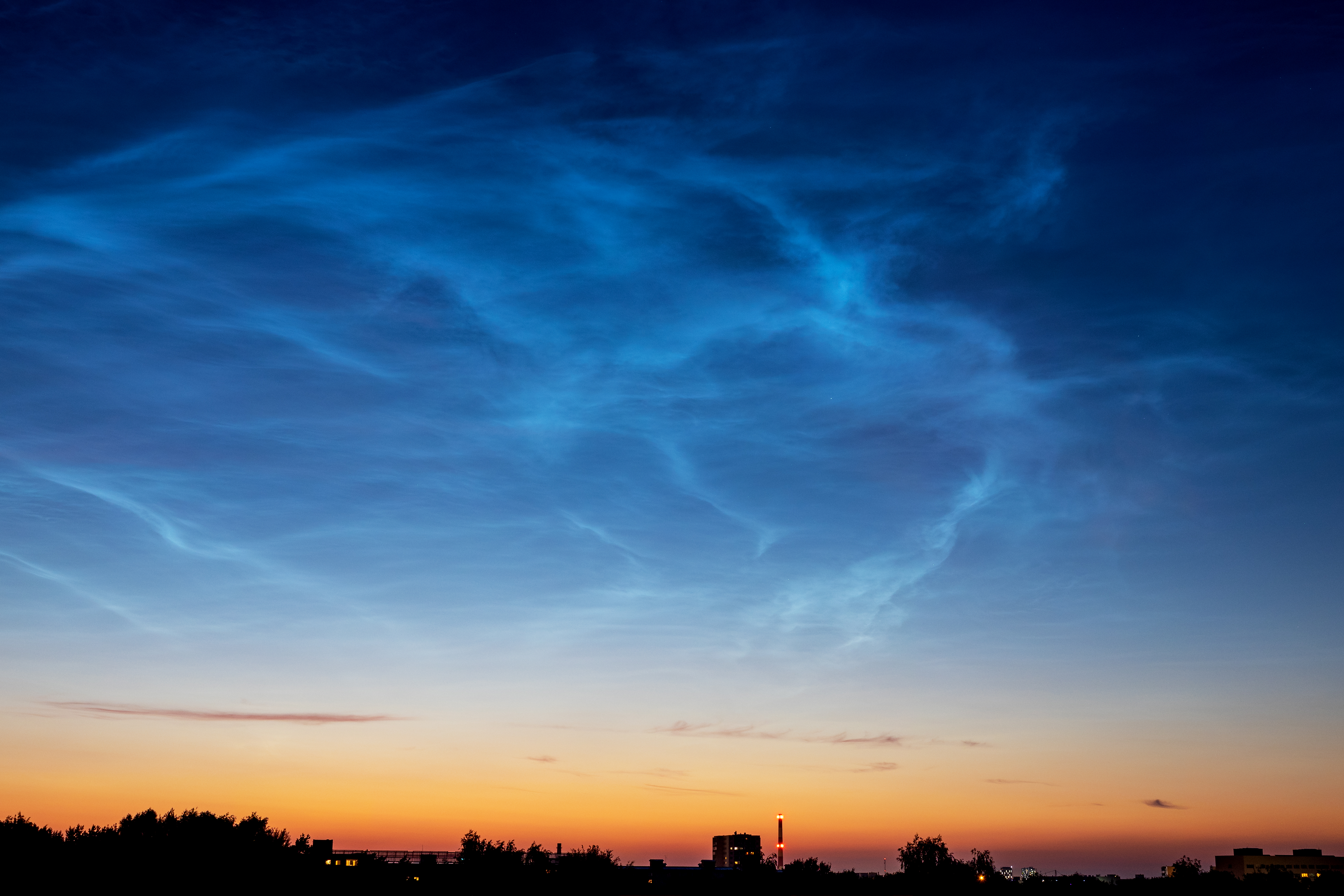
"We know that remnants of cosmic dust form these particles. But what we don't know is how these particles grow and how large they become. Nor do we know exactly what their composition is and which part of the cosmic dust remains in the atmosphere. What we do know is that it is favorable or easier to form an ice crystal if there are already small condensation nuclei, or particles, around which ice crystals can grow," says Mann.
These small particles act as condensation nuclei, making it easier for ice particles to form. The ice particles then create clouds high up in the mesosphere, about 85 kilometers above us, referred to as noctilucent clouds.
"Many of us in the north are familiar with noctilucent clouds, which we can see in the summer very high in the sky after sunset. We only see them after sunset because they are very thin, so sunlight prevents us from seeing them during the day. We only see them when the upper layers of the atmosphere are illuminated by sunlight after the sun is below the horizon," Mann explains.
Traces of Human Activity?
In addition to mapping the composition of particles from outer space, researchers also want to see if they can find traces of human activity in this atmospheric layer, called the mesosphere. This does not involve dust particles thrown up from Earth's surface but particles that may result from increased space activity.
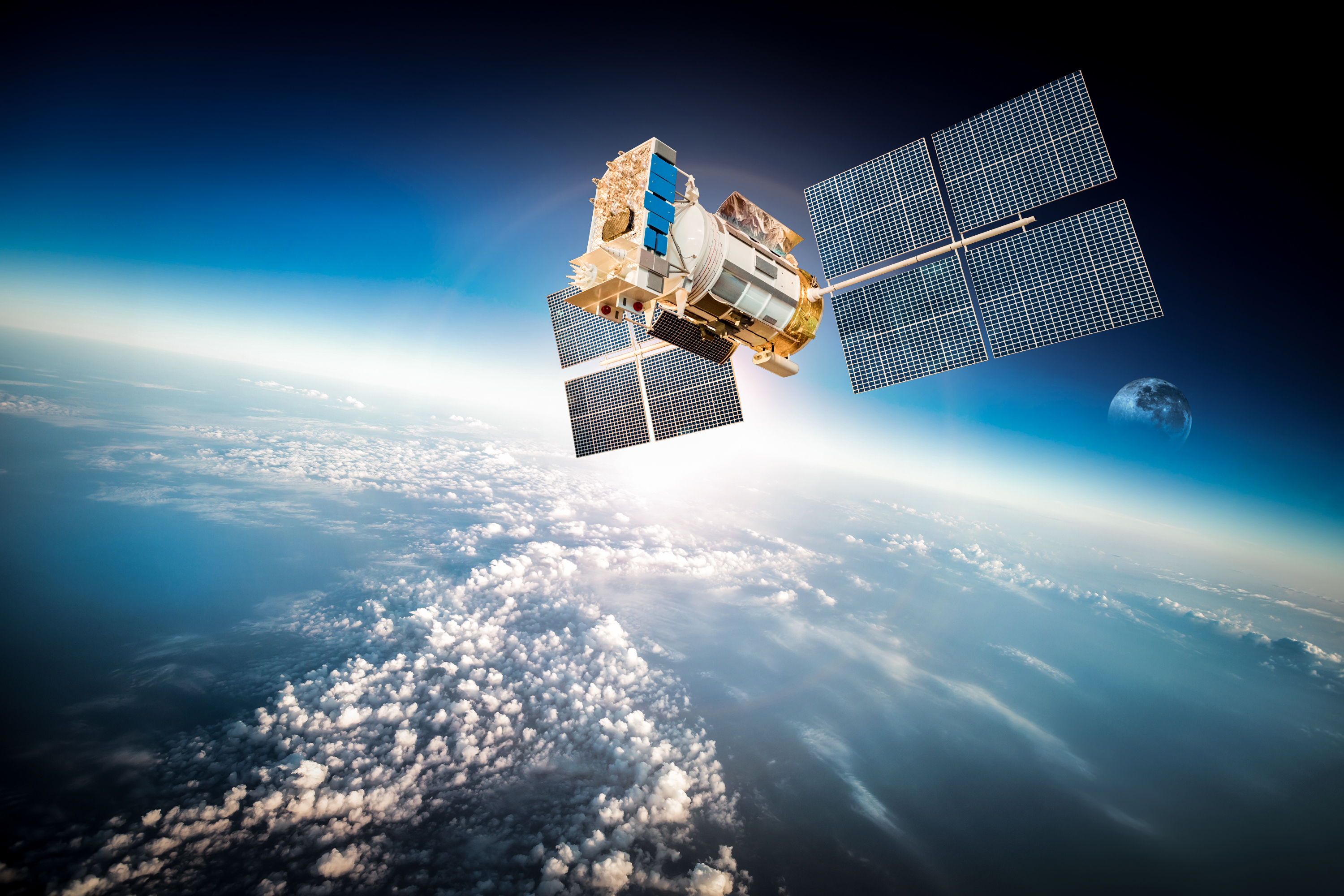
"We know that we have a large number of satellites in orbit and a significant number of launches that send these satellites into space. Thus, we have a large component of what we call space debris orbiting Earth. Most of the space debris is much higher up than where we are measuring. However, there may be components that gradually sink down and, like meteors, burn up upon entering the atmosphere, thereby creating a source of smoke particles," says Mann.
The researchers hope that by analyzing the composition, they can determine whether there are components of these human-made particles.
What consequences an increased presence of smoke particles or human pollution in the mesosphere might have is also something the researchers want to investigate. One theory is that the chemical reactions in this layer could change balance. Another theory is that noctilucent clouds may form more frequently, which could lead to more sunlight being reflected back into space.
"If more sunlight is reflected, less sunlight reaches Earth. The temperature would decrease. But these processes are not so direct because there are many other effects related to this. We need to examine other research and collaborate with experts from various fields if we want to understand global changes on Earth," Mann emphasizes.
Has a launch window
"I am very excited about this. Rocket experiments are thrilling because they have a short time scale. You see everything from building the instrument, preparing the flight, launching, and then working with the data. So, you see the entire chain of space research within one project. And that makes it special."
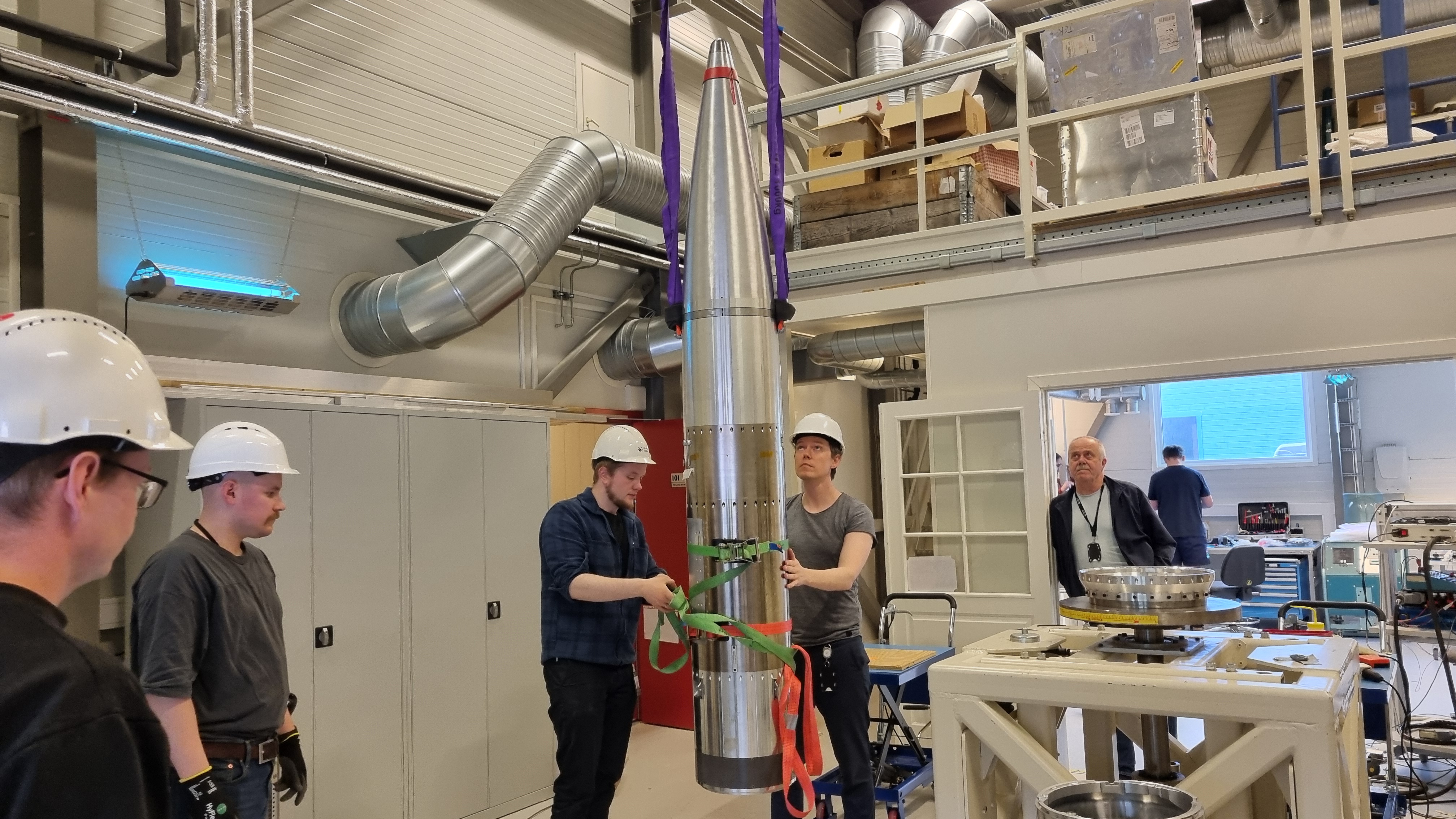
As MaxiDusty-2 is now being prepared for launch from Andøya Space, it is supported by the Norwegian Space Agency, which has funded the project with over 18 million NOK through the PRODEX program of the European Space Agency (ESA). MXD-2 has a launch "window" from June 30 to July 14, during which all conditions must be optimal for the best results. In addition to ensuring all technical aspects work, the researchers are also dependent on favorable weather conditions. MaxiDusty-2 requires clear skies, low wind, and calm seas in the landing area for success.
Sveinung Olsen has participated in several launches, but the excitement does not diminish with time.
"When the time approaches, and you pass the last three minutes before launch, the adrenaline starts pumping a bit more, yes. Because then, when the data recorders start ... and the transmitters and everything are on, and you realize it's about to happen ... Then it's exciting, yes. It has to be certain."